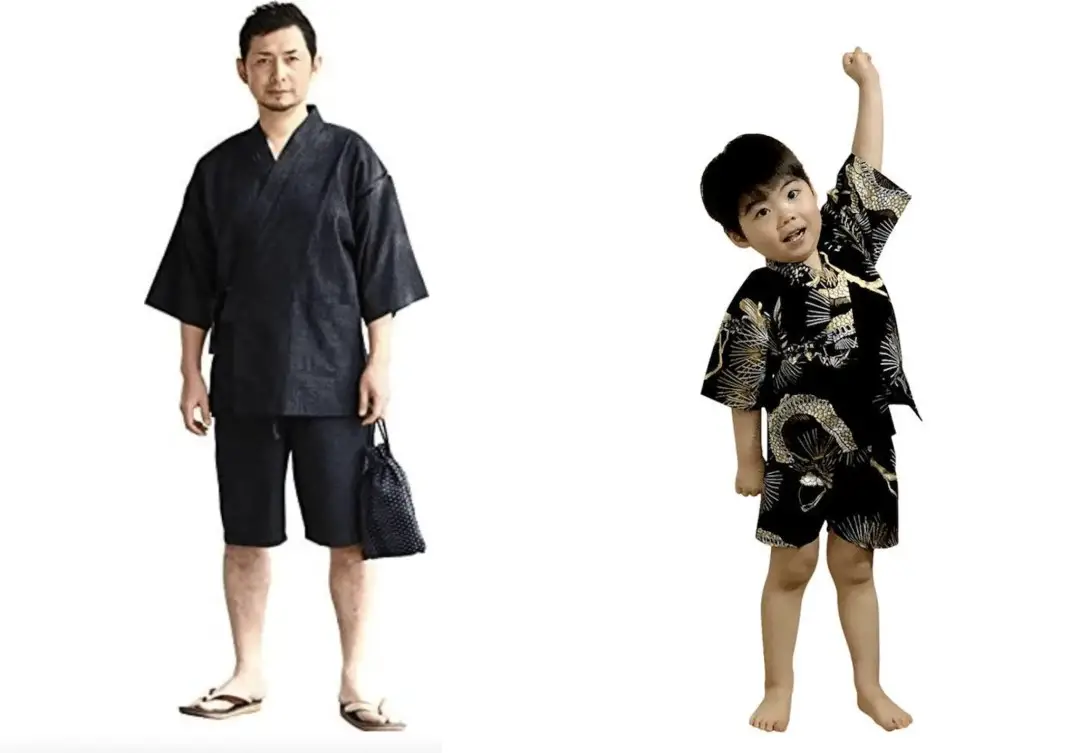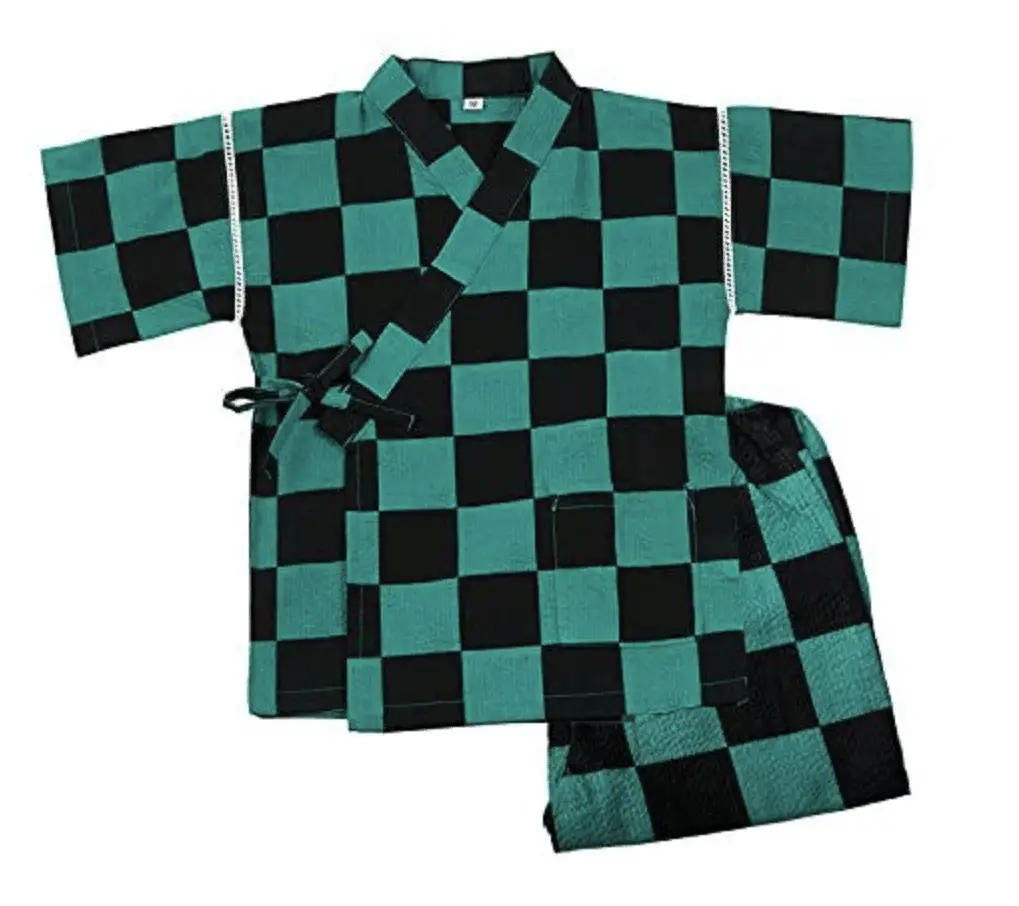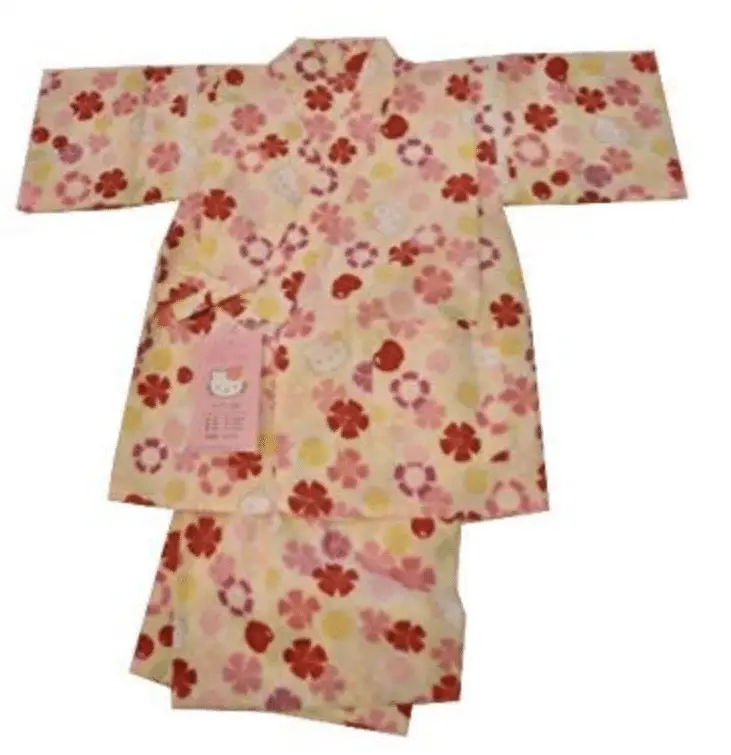What is a jinbei? If you want to learn more about this unique piece of Japanese clothing, you’ve come to the right place.
(You won’t find information about Jinbe, the fish-man member of the Straw Hat pirates from One Piece here. Sorry about that.)
While kimono, yukata, and happi coats are well-known outside of Japan, the jinbei hasn’t gotten nearly as much recognition. That’s a shame, because the jinbei has plenty of advantages. If you’re looking to buy traditional Japanese clothing, you might want to consider the jinbei.
Jinbei basics
The jinbei is a two-piece outfit, which probably originated about 500 years ago during Japan’s Sengoku or “Warring States” Era.
It is similar to yukata in some ways. Both items are considered casual wear, and made of lightweight materials. Jinbei are traditionally either cotton or hemp.
The jinbei started out primarily as a men’s garment. However, they are now available in unisex styles, with some versions aimed specifically at either men or women.
As with yukata, a men’s jinbei is more likely to be drab (but not always). The women’s equivalent will typically look brighter or more flowery.
The top half of a jinbei has that “wrapped robe” look commonly associated with yukata or kimono. But, there is one significant difference — the jinbei doesn’t need an obi. (Tying an obi sash properly is probably the single most complicated part of wearing a yukata, so this is a definite point in jinbei’s favor.)
Instead, the top of a jinbei is tied shut with rope or strings. The top has short sleeves.
The jinbei’s bottom half is essentially pants, patterned to match the top half. Jinbei pants are usually short.
Jinbei pants are held up with an adjustable cord or drawstring. But, some modern brands have elasticized waistbands instead. Unlike many traditional Japanese garments, a jinbei can have pockets.
Jinbei footwear rules are also more relaxed than with kimono. Many websites recommend open-toed sandals as the best choice. But, some suggest that even more unorthodox choices, such as sneakers, might be acceptable.
Where to wear Jinbei
If yukata is considered to be more informal than kimono, jinbei could be seen as even more casual than that. For years, jinbei was seen as an indoors-only item — as loungewear for around the house, or even pajamas.
However, Japanese people started wearing jinbei outside to get the mail, or for shopping in the neighborhood. (It probably helps that many Japanese neighborhoods are designed for popping down to the corner store to shop.)
As a result, many Japanese people now see jinbei as an acceptable substitute in some situations where yukata would be appropriate. Jinbei is lightweight, which makes it ideal for summer matsuri or hanabi (fireworks).
In general, the jinbei is a useful, practical, and causal item for warmer weather. It’s a traditionally-indoor item which has found its way outside for festivals and casual summer events.
Long-sleeved jinbei?
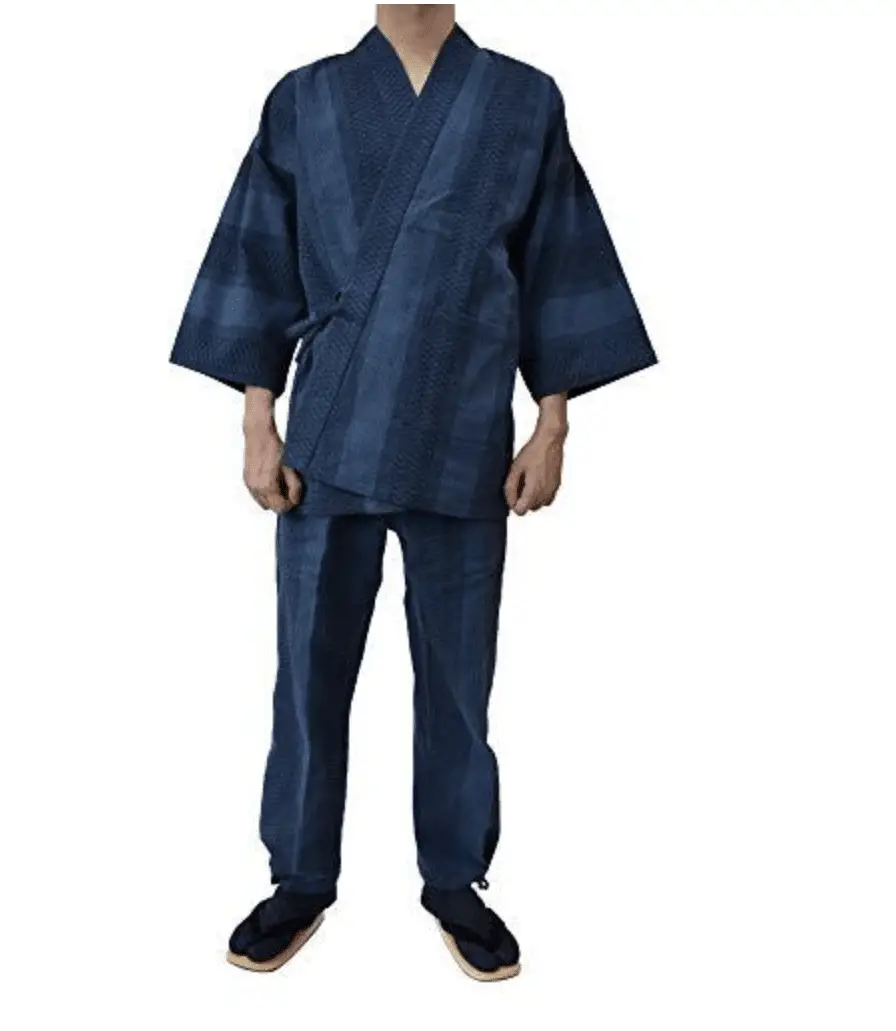
Incidentally, if you think you’ve seen a long-sleeved version of a jinbei, with longer pants, you may be thinking of samue.
Samue are similar to jinbei. The samue started out as clothes worn by Buddhist monks. Perhaps because of this Zen origin, samue were traditionally dyed darker colors than jinbei, such as Japanese indigo.
Of course, you don’t have to be a monk to wear a samue. The jinbei’s long-sleeved cousin is sometimes associated with artists and craftspeople.
But, what about the guy from One Piece?
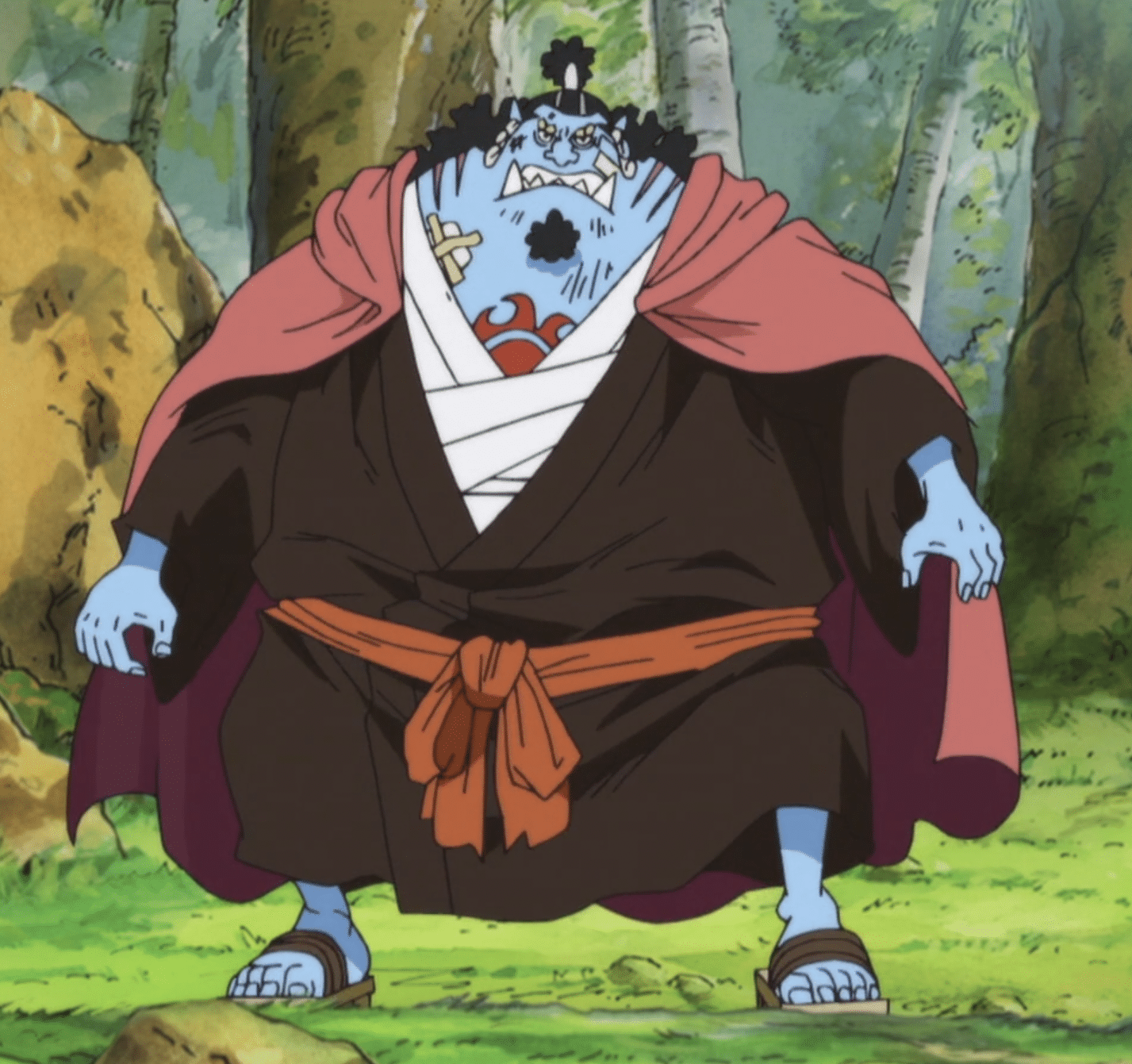
OK, if you really must know, the anime character Jinbe (also spelled Jimbei) is a whale shark-man. Whale sharks are known in Japan as jinbei-zame. Jinbei-zame get their name from their skin, which resembles a jinbei pattern. That seems to be the main connection between Jinbe the pirate and jinbei the outfit. His trademark outfit doesn’t even appear to be a jinbei. It looks like a robe of some sort.
And now you have some basic facts about the jinbei. I hope this article helped you better understand the traditional Japanese jinbei.

